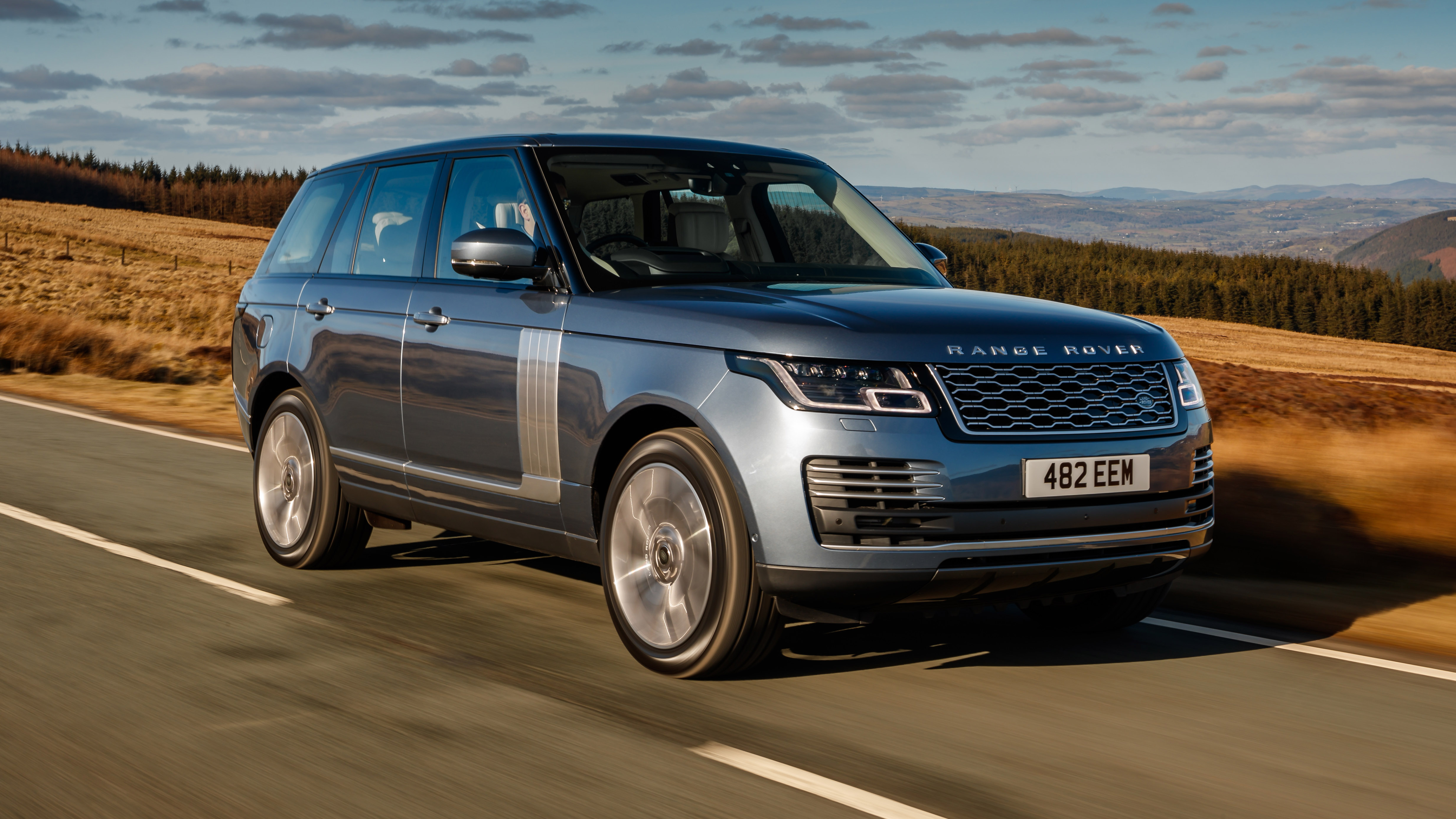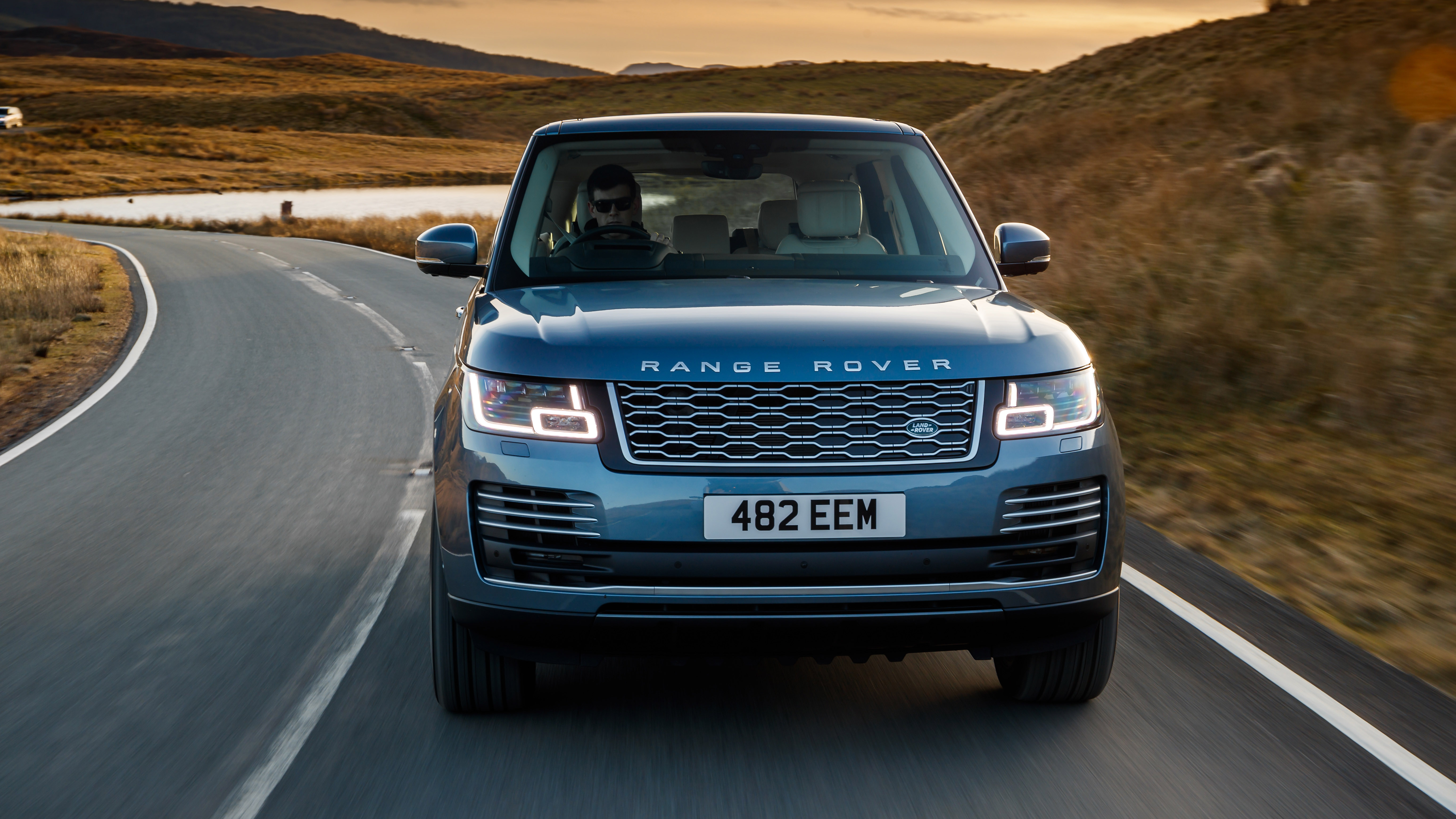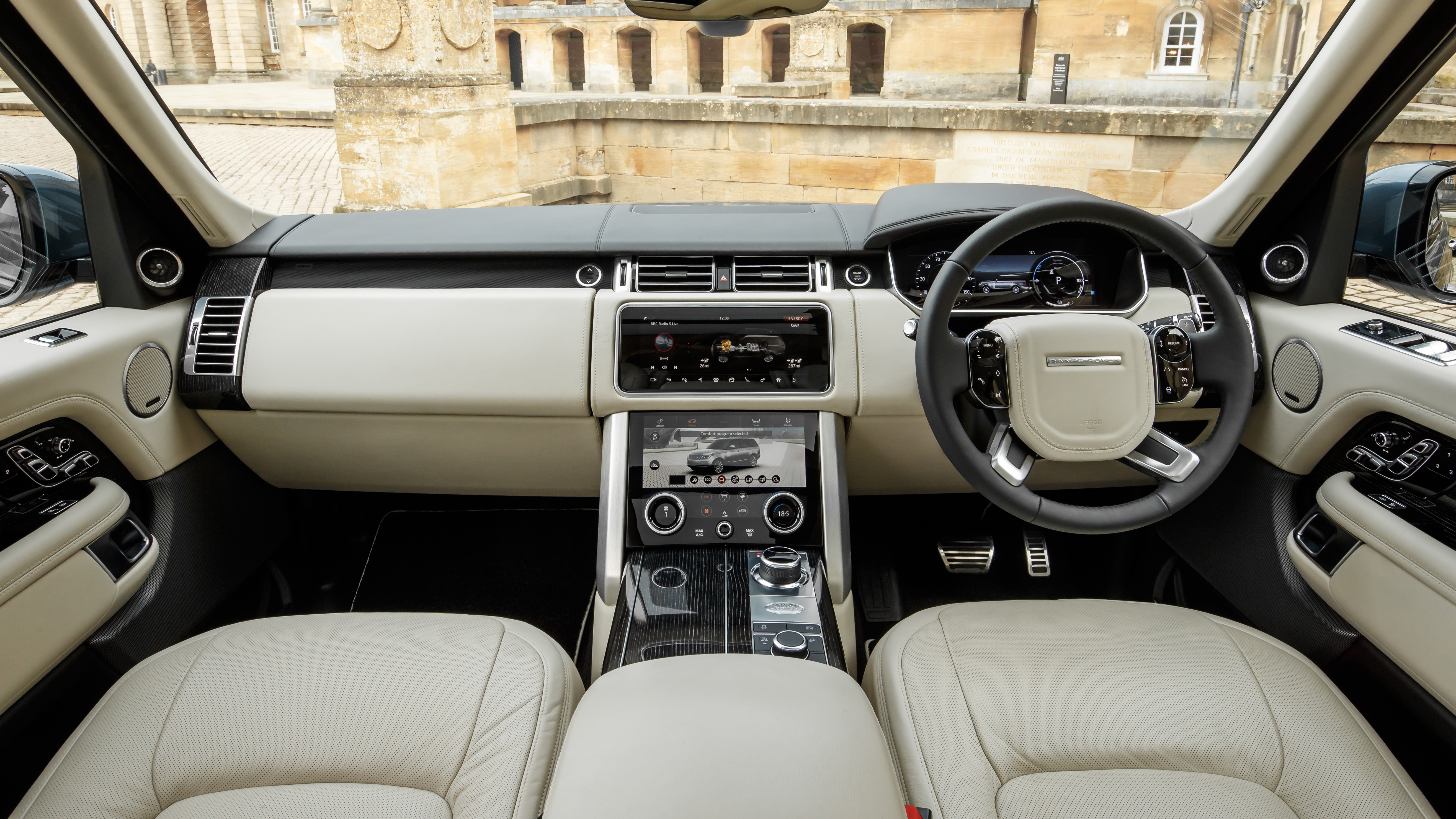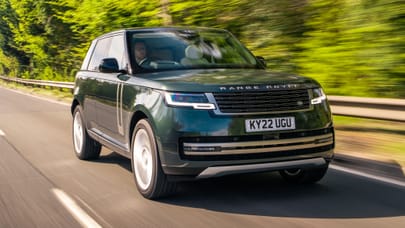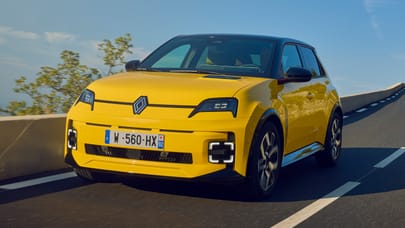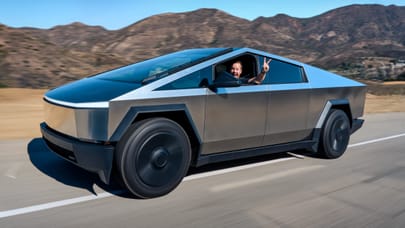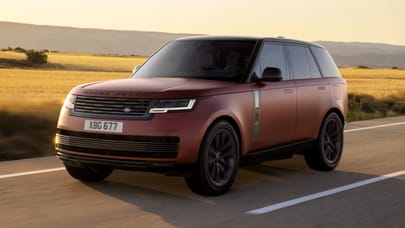
Driving
What is it like to drive?
Six different powertrains are available. Two diesels (296 or 345bhp) and four petrols. Watch the terminology here. The P400 is a mild hybrid 3.0-litre and not worth bothering with. The one you want is the P400e – a full plug-in hybrid, even if the engine at its heart is a mere 2.0-litre four cylinder. Above that sit the motors that are hard to justify these days – a pair of 5.0-litre supercharged V8s with 518 or 557bhp.
Which is the most interesting?
The P400e, which claims 101mpg and 64g/km of CO2. The engine of choice for company car users (who’ll benefit most from the generous tax breaks given to hybrids/low-emission vehicles – the £15 first-year VED bill and 13 per cent BIK rate). It works like most other PHEVs on the market, in so far as it mates that compact turbocharged engine with a 114bhp e-motor and 13.1kWh lithium-ion battery for a claimed 25 miles of all-electric range at speeds of up to 85mph. Total output is 398bhp and 472lb ft, giving 0-60mph in 6.0 seconds and 137mph. This means it’s as fast as the 3.0-litre V6 Range Rover.
However, driving the P400e is an exercise is keeping the internal combustion engine as hushed as possible for two reasons. First is that the less often the petrol engine is forced to fire, the more economical you’re being, and second is that the drone of a four-cylinder engine is not a very – erm – ‘Range Rover-y’ noise. Ask the P400e to gird its loins and actually deliver a sub-7 second sprint to 60mph, and you’re greeted with an inexpensive, weedy noise that feels at odds with the interior in which you’re sitting. So in real terms, it’s a slower thing than other Range Rovers.
Fine, I’ll take it easy.
Good, because the Range Rover encourages a relaxed, laid back driving style that doesn’t trouble the second-half of the rev counter. The steering, brakes and sheer mass make sure of it. When little is asked of the internal combustion engine, it’s whisper quiet. Even under moderate acceleration it’s pretty good, with any trace of four cylinder drone quelled as the car shifts into higher gears.
Which would you have?
We still find it hard to say no to that D350 diesel. It just suits the Range Rover so well, and is such a great – and relatively efficient - companion for long hauls or when the going gets grimy and you’re twirling the Terrain Response dial.
Speaking of which, are there driving modes?
Naturally. Especially in the P400e hybrid. Parallel Hybrid mode is default, and deploys both power sources as the car sees fit (have a destination programmed into the nav, and it’ll take that into account, too). There’s an EV button on the dash that forces the P400e to run silently, and a ‘Save’ option in the computer that preserves battery charge for later – for instance if the start of your journey is motorway, but it ends in a city. Nothing massively new or inventive here, but all good stuff. Charging takes 7.5 hours from a standard household socket.
This powertrain’s character is actually not dissimilar to a big diesel. The torque fill of the e-motor makes it feel brawnier than its capacity would have you believe. And it goes more than halfway to convincing you what a joyous thing an all-electric Range Rover would be…
Some day, maybe.
More generally, the Range Rover steers with fluidity, controls its body well via standard air suspension and for the most part rides with the competence of a limousine.
It is also faintly startling off-road. It’s easy, too. Just leave the Terrain Response II off-road software in auto, and you can cross rivers (up to 900mm), climb mountains and traverse the most treacherous surfaces, all while listening to Radio 4 and wondering what all the fuss is about. Progress and settings can be monitored via one of the many screens.
Land Rover even claims the new hybrid powertrain takes the Range Rover’s “legendary off-road capability… to new heights”, and it has a point. The e-motor works with the low-range gearbox, allowing precise control of the throttle in sticky situations. And despite all the high-voltage stuff going on underneath, the 900mm wading depth is unaffected. But LR does ask you turn the engine on when you’re wading through deep water, just in case...




